I’ve been enjoying experimenting with various lotion bar recipes recently. Starting with a basic recipe, I soon discovered the limitless possibilities for customization. Sometimes, I opt for molds, but lotion bar sticks offer even simpler application. One of my top choices is this DIY sunscreen stick!
Mineral Sunscreen Stick
This product is essentially a stick version of my homemade sunscreen, minus all the harmful chemicals, parabens, and potential carcinogens found in conventional sunscreen. Unlike creams, it’s easier to apply since it’s in stick or bar form, which is great for kids to manage themselves. It smoothly glides over the skin for easy reapplication as needed.
There are several methods to create these sticks based on your preference. Use silicone molds for cute shapes and a handheld version, or muffin tins if that’s what you have. The cleanest method is making a sunscreen stick using a twist-up tube or deodorant container.
The sunscreen stick contains moisturizing ingredients beneficial for sensitive skin. Given its lotion bar nature with added sun protection, it’s also suitable for dry skin. However, those prone to acne might find that this is not the best facial sunscreen stick, as coconut oil and cocoa butter are not non-comedogenic. On the other hand, shea butter and mango butter are less likely to clog pores.
Sunscreen SPF
Let’s delve into the specifics of SPF. SPF stands for sun protection factor, indicating the level of UV protection provided by your sunscreen. It’s determined by comparing the duration it takes for skin to redden with sunscreen to the time it takes without sunscreen. For instance, if it takes 30 times longer with sunscreen, that’s SPF 30.
This measure doesn’t account for different skin types, tones, perspiration levels, or weather conditions. Many sunscreens claim to be water-resistant, but this doesn’t mean waterproof. Dermatologists recommend reapplying after swimming.
One might think broad-spectrum SPF 50 provides significantly more protection than SPF 15, but:
- SPF 15 blocks 93% of UVB rays.
- SPF 30-40 blocks 97% of UVB rays.
- SPF 50 blocks 98% of UVB rays.
There are two types of rays: UVB causes skin reddening while UVA does not. Broad-spectrum sunscreens cover both. However, SPF specifically rates UVB protection.
Chemicals in Sunscreen
Skincare companies often use chemicals like oxybenzone and octinoxate in sunscreen to absorb sun rays. These chemicals are absorbed by the body in unsafe amounts and can disrupt hormones. Sun sticks advertising ultra-sheer coverage are more likely to contain these risky chemicals. Sunscreen sprays also tend to include harmful ingredients.
Brands like Neutrogena, Cerave, Aveeno, Sun Bum, and Cetaphil sheer mineral sunscreen stick contain ingredients I’d prefer to avoid. Popular brands like Supergoop, Eltamd, and Shiseido also rank high for toxic ingredients, according to EWG. Another reason to make your own!
Natural alternatives include ingredients like titanium dioxide and zinc oxide, which sit on the skin’s surface to block UVB rays. I prefer non-nano zinc oxide as its particles are too large for absorption into the bloodstream. Mineral-based sunscreens are reef-safe and better for the skin.
Ingredients in DIY Sunscreen Sticks
I use coconut oil because it has a mild SPF and adds a pleasant texture. For those allergic to coconut, a blend of liquid oil and extra beeswax is an alternative. Mango and shea butter offer a natural SPF of 4 and help moisturize while protecting the skin.
Beeswax helps thicken the mixture, while zinc oxide shields the skin from sun rays. I add vitamin E for its shelf-life extension and skin benefits. You can choose a scent-free version or add essential oils for fragrance and added skin benefits.
Certain essential oils are phototoxic, which means they can cause burns if applied before exposure to the sun. Avoid using lime, lemon, or bergamot essential oils in this sunscreen. Grapefruit might be phototoxic, but the verdict is still out. Other citrus options like sweet orange, tangerine, and mandarin are safe.
Homemade Sunscreen Sticks
These DIY sunscreen sticks are easy to apply, even for youngsters! Use silicone molds for fun designs or tubes for the least mess.
- Author: Katie Wells
Instructions:
- Combine coconut oil, shea butter, and beeswax in a double boiler or place above a smaller saucepan with a few inches of water.
- Heat the water to a boil and stir the ingredients until melted.
- Once removed from heat, add zinc oxide powder, vitamin E oil, and essential oils. More zinc oxide increases sun protection but thickens the skin layer.
- Pour into molds or tubes and let cool completely.
- Store at room temperature or in the fridge. Keep below 80 degrees to prevent melting.
Notes:
- Use different shaped molds for unique designs or cut them into bars using a square pan.
- Vary the amount of shea, cocoa, or mango butter as long as their total is 1/2 cup.
- Experiment with the zinc oxide quantity to suit your skin type and sun exposure needs.
What SPF is Homemade Sunscreen?
In short, I don’t know. No one does without extensive (and costly) testing. Since this product is homemade, not crafted in a lab, I can’t accurately claim SPF levels. However, my family experiences suggest satisfactory results due to the zinc oxide content. Natural sunscreen needs reapplication every few hours and after swimming, which is why I also use hats, sun-protective clothing, and seek shade whenever possible.
Storing Your Sunscreen Sticks
If you’re headed to the beach, keep your sunscreen sticks in a cooler to prevent them from softening in high temperatures. These sticks are fine at room temperature otherwise. I recommend experimenting with the amount of zinc oxide based on your coverage preferences. These sticks provide a smoother, thinner, and more water-resistant coverage compared to my basic sunscreen recipe.
Don’t Forget Your Vitamins!
Getting some sun exposure without sunscreen is crucial for vitamin D production. I try to soak in a few minutes of morning sunlight, plus additional time later on. Meanwhile, it’s also imperative to “eat your sunscreen.” Some supplements and nutrient-rich foods help reduce the risk of burning without sunscreen.
Around this time each year, I begin taking a special supplement regimen aimed at minimizing inflammation and boosting sun tolerance. Here’s what I consume:
- Vitamin D3 (around 5,000 IU/day) – Evidence suggests optimizing vitamin D levels protects against sunburn and skin cancer.
- Vitamin C (about 2,000 mg/day) – Known for its anti-inflammatory and immune-boosting properties.
- Coconut Oil – Useful for the body in forming new skin and protects against burns, though I use it less now due to personal dietary preferences.
- Fish Oil – Naturally sourced from low-mercury fish like salmon and sardines. Provides Omega-3s that reduce inflammation and protect skin.
- Astaxanthin – A powerful antioxidant known to act as an internal sunscreen, with anti-aging and anti-inflammatory properties.
Do you use sunscreen? What’s your preference? Let us know below!



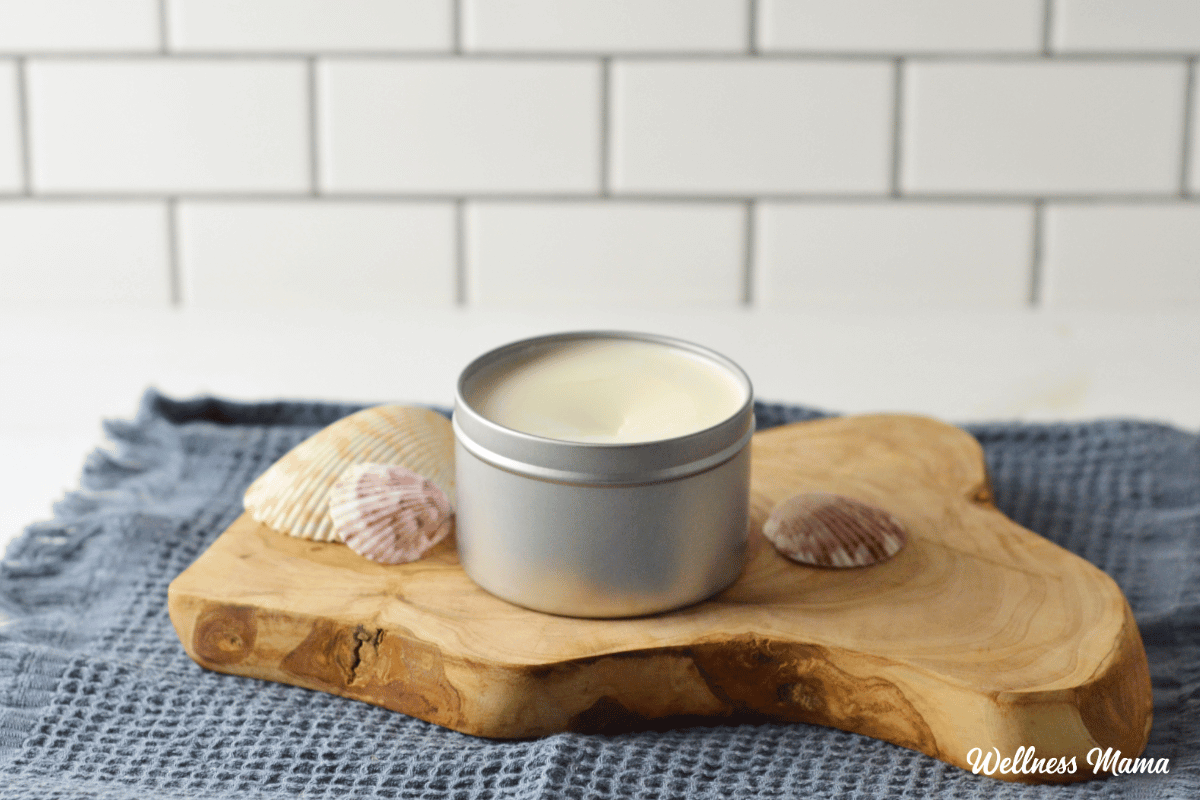
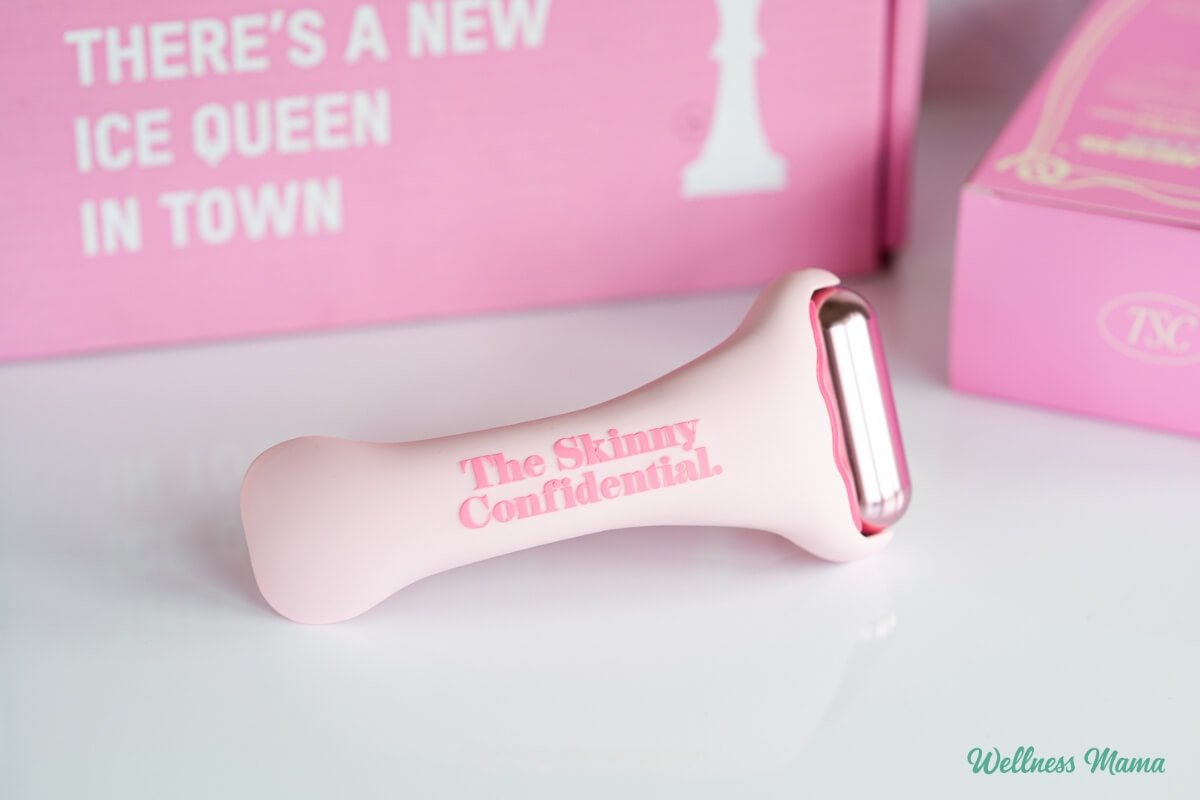
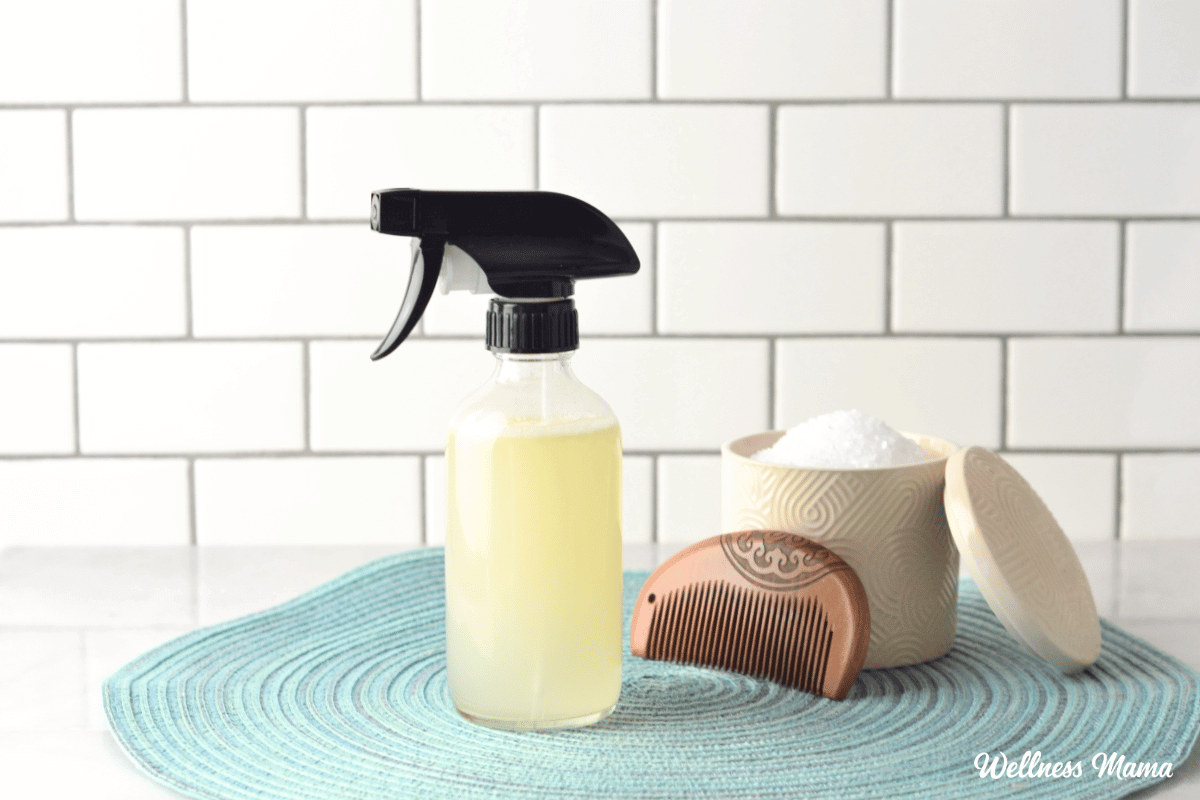
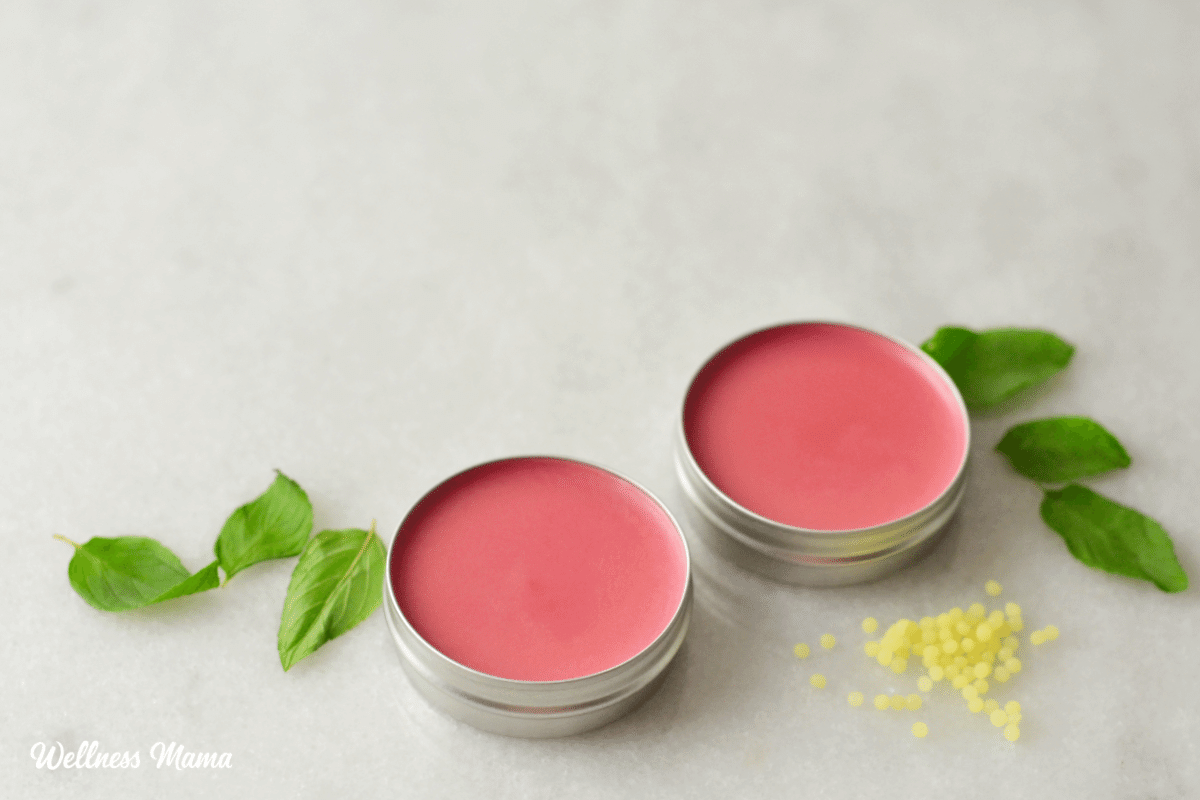
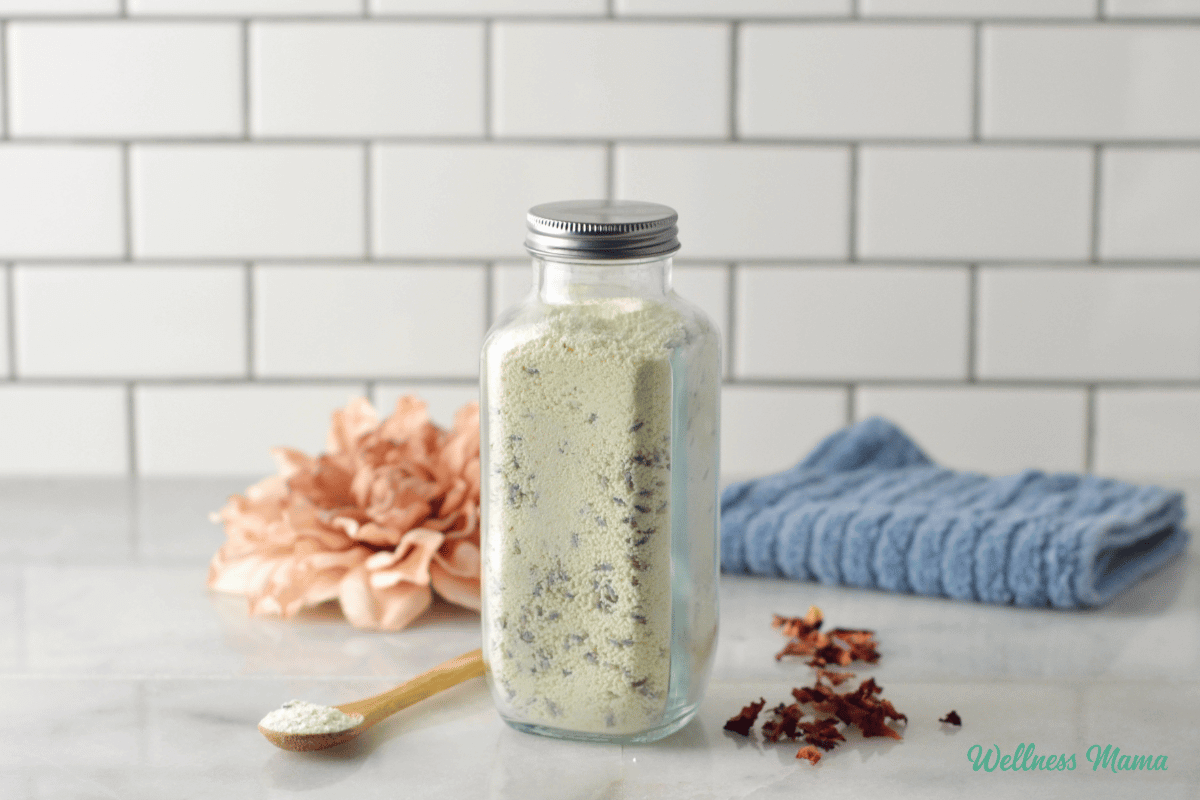

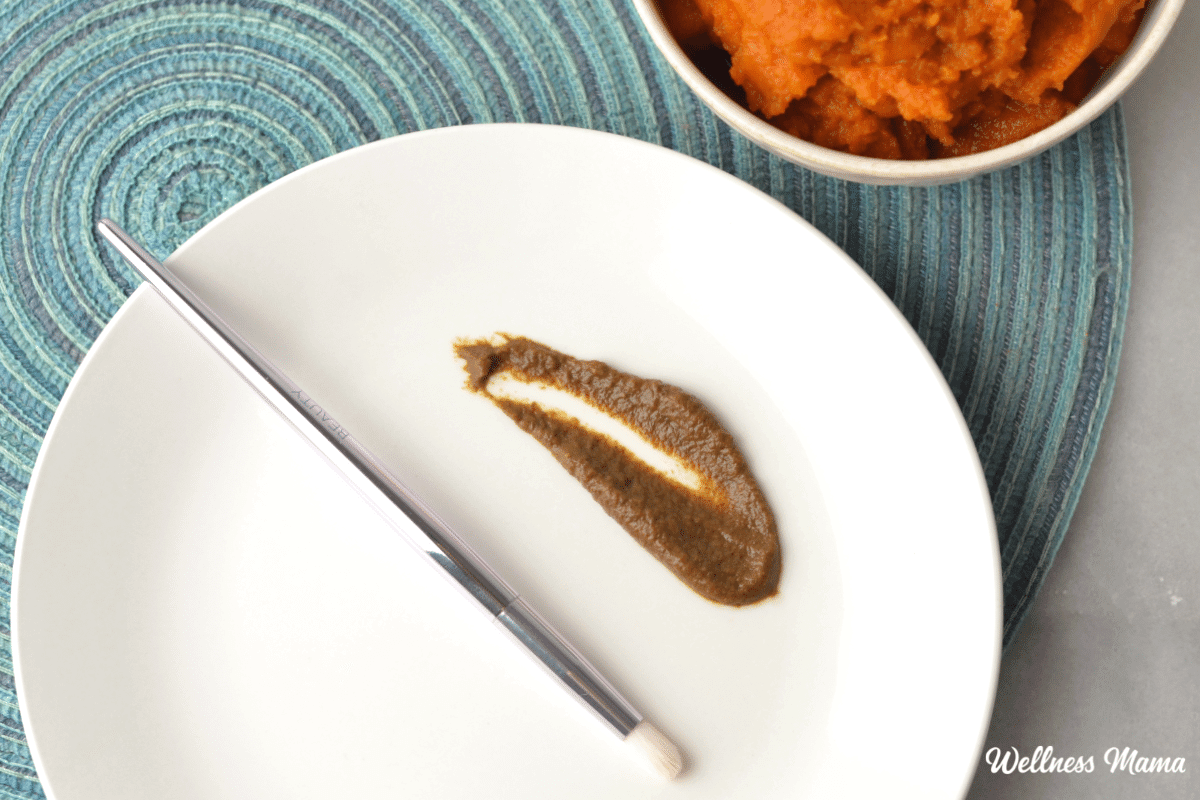


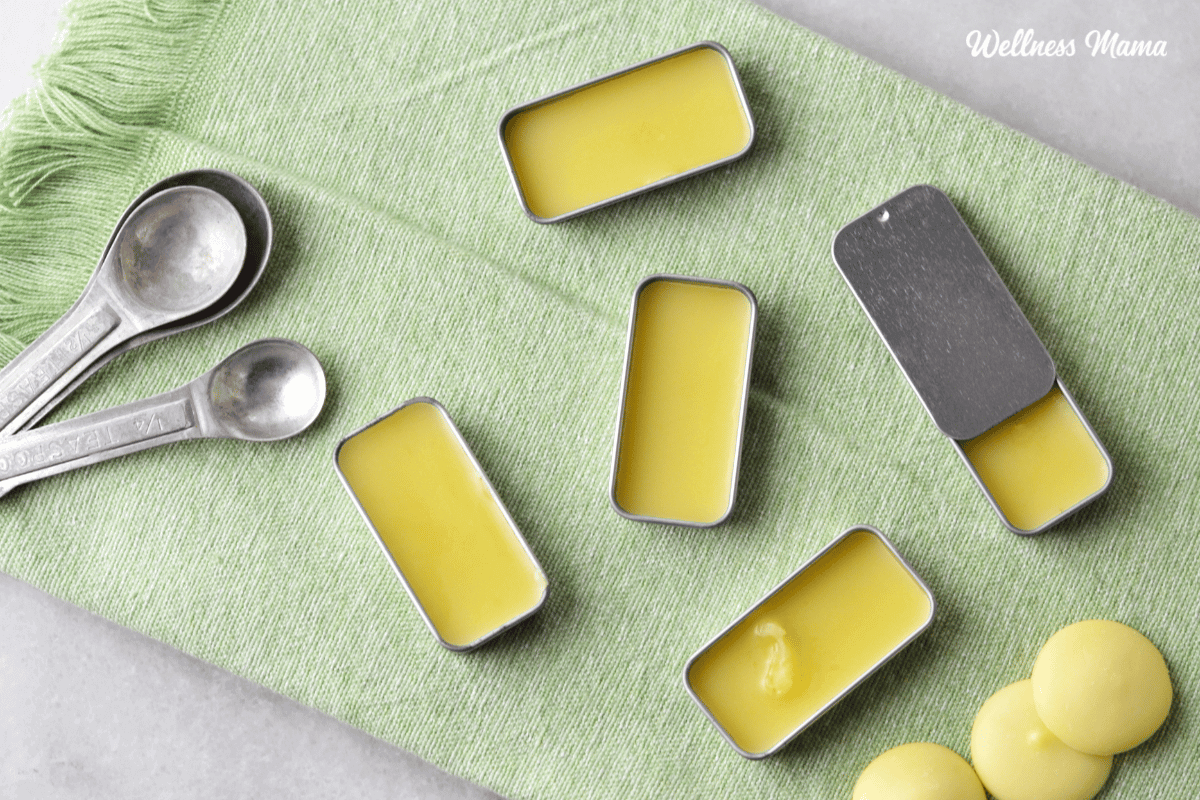

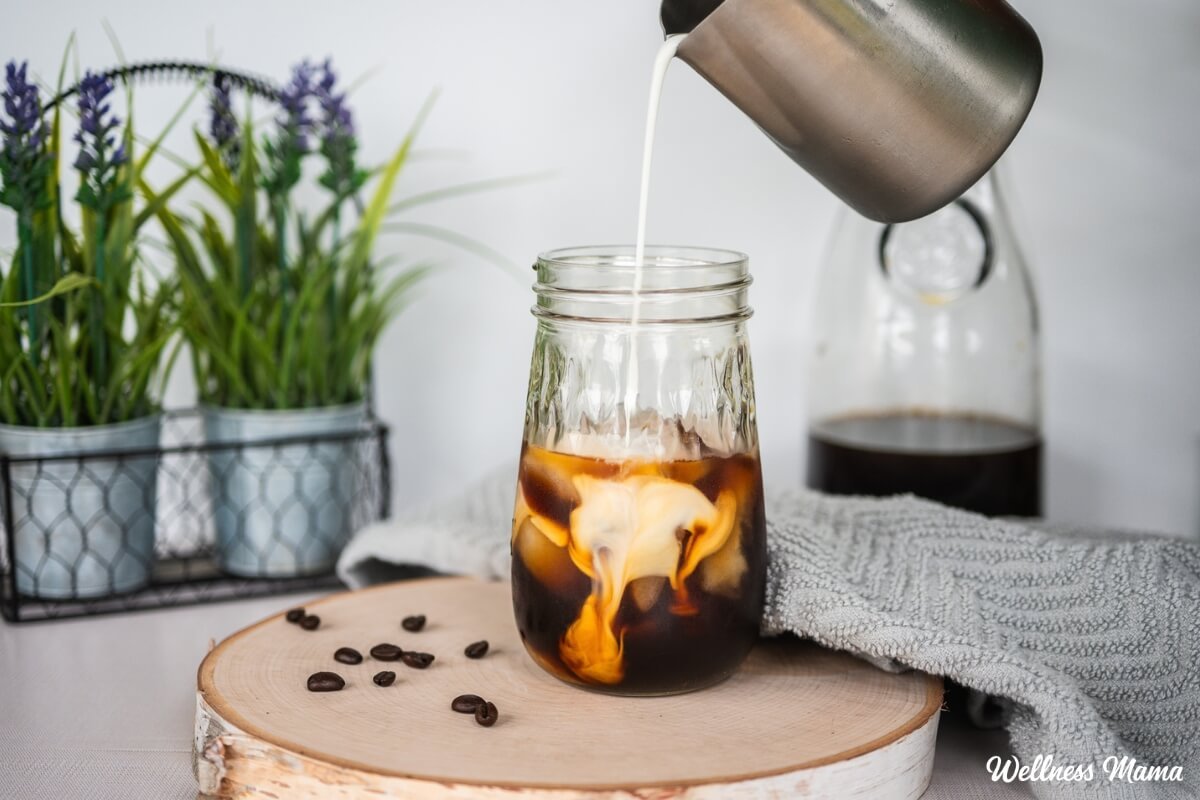
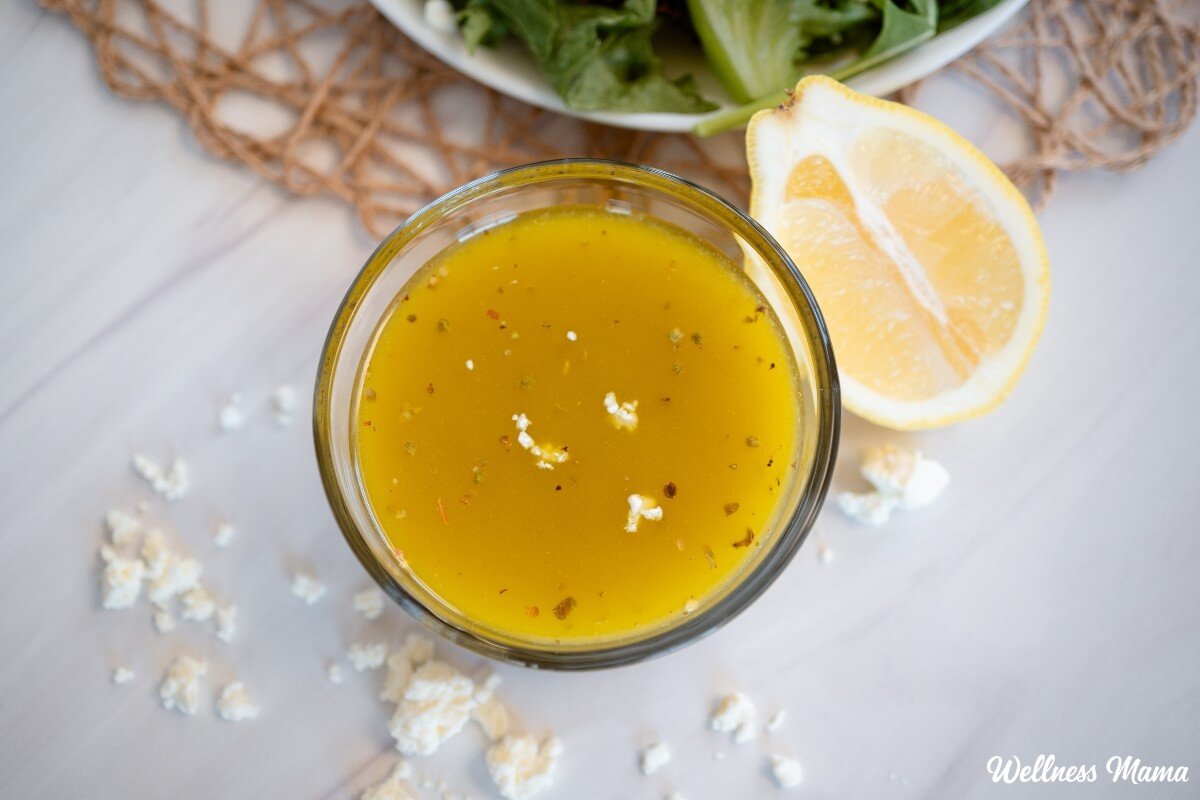
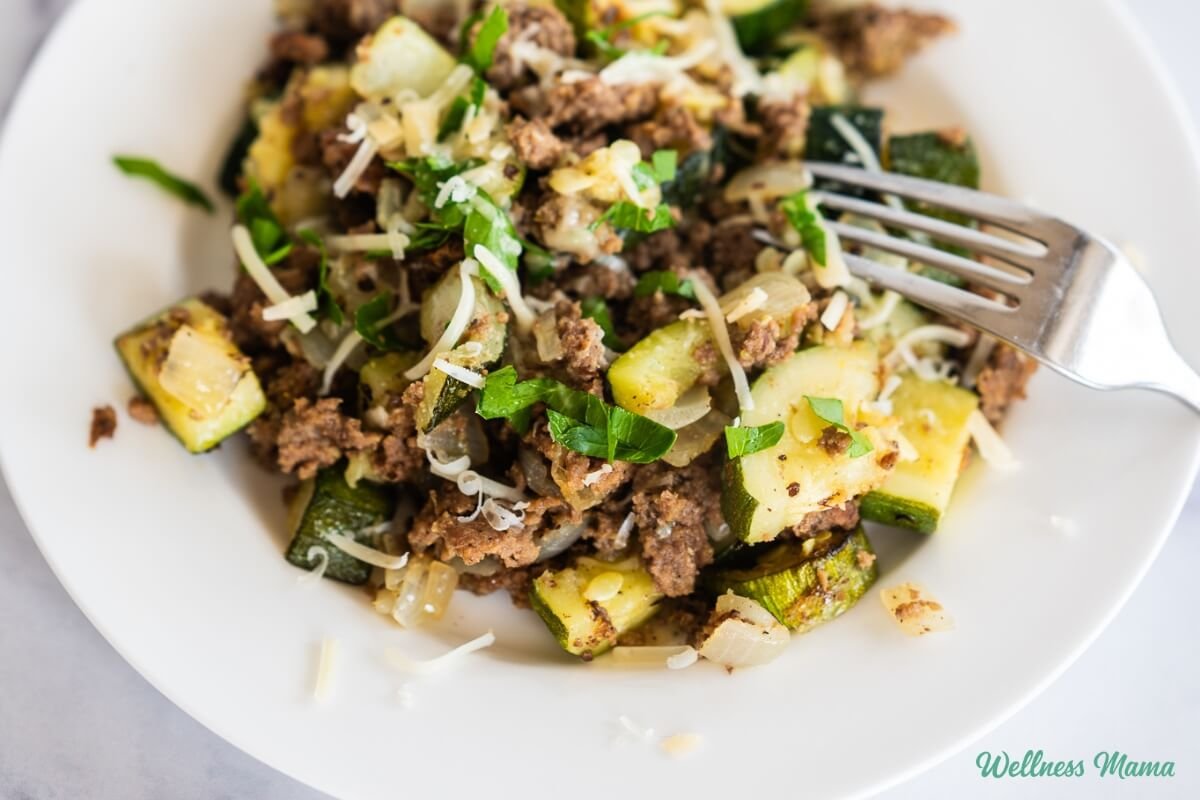
Leave a Reply